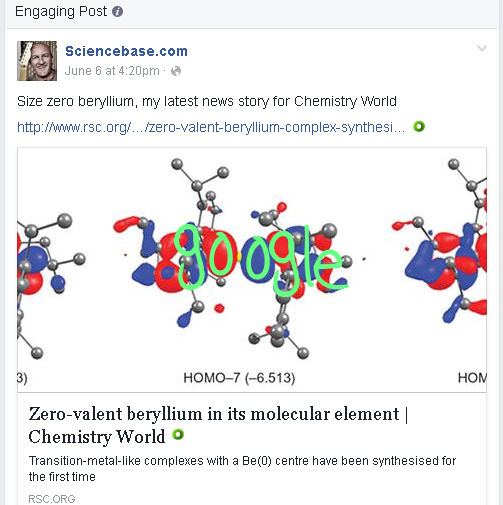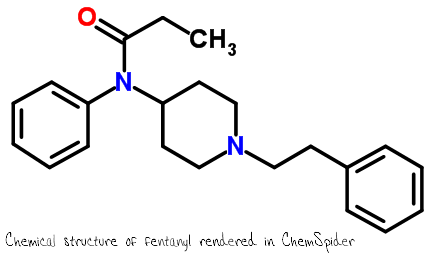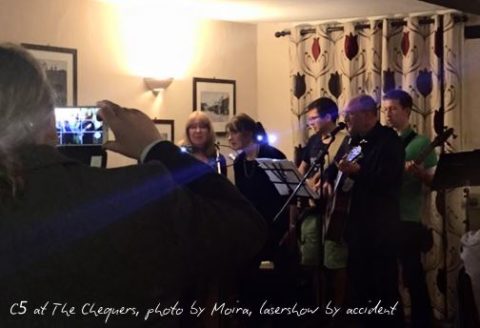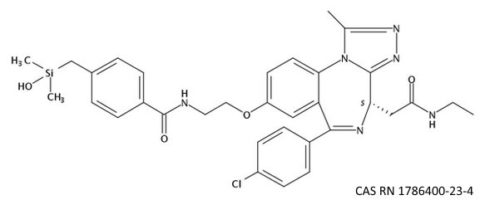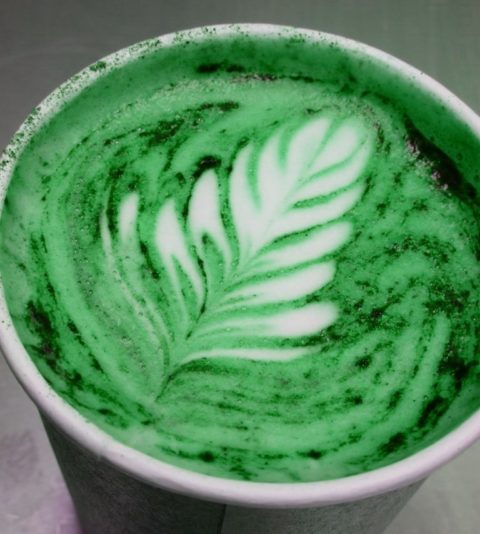A safety initiative at Cambridgeshire’s well-known “Secret Garden Party” music and whatever festival saw the local police collaborating with an organisation called The Loop to test festivalgoers illicit drugs and make sure they were staying safe.
The Loop team had a 25 grand FTIR spectrometer to do the testing and if it showed up contaminants they’d advise users to ditch their product and get back to enjoying the music and dancing instead. The Guardian described the initiative as pioneering, which it was in the UK, although similar services have been running in Austria, Switzerland and The Netherlands for years (the UK lags way behind on drug policies, what a surprise). Although The Vice reports that only 250 drug samples were tested. There were some nasties that showed up in the spectra a lot of sugar used to cut MDMA, antimalarials that had been sold as cocaine, and some pills that were actually just cement.
The Loop is a team of experienced drug workers collaborating with analytical chemists. If someone offered up a sample of their drugs for testing, the team would hang on to that sample after testing and the users were offered an amnesty so they could hand over the rest without charge or they could opt to keep them but given some advice on drug abuse. It was all about safety and not policing.
Loop team member Henry Fisher had this to say in The Independent:
What has been demonstrated in a small corner of a field this weekend is something more fundamental: treat people who want to use drugs with respect, and they will respond to the advice given to them sensibly. If such enlightened thinking were applied more widely to UK drug policy, the returns in reduced drug deaths and hospitalisations would be vast. That really would be cause for a serious party.
Paradoxically, the festival’s website FAQ stated this: “Please be aware that The Secret Garden Party does not tolerate illegal drug use. Anyone caught using or distributing illegal drugs will be severely reprimanded. Drug detection dogs will be working on the gates in order to stop any illegal drugs entering the site. There will be a police presence inside the event, please respect them. Drugs are ILLEGAL.”
I asked Loop team member Jens Thomas for the skinny on the FTIR for my SpectroscopyNOW column:
“The FTIR is fantastic as far as it goes, as it allows us to identify a sample in under a couple of minutes and feed that back to the drugs workers so that they can advise the client on how to proceed safely if they are resolved to take the drug,” Thomas told me. “For probably 80-90% of what we see, the FTIR is enough; we can identify the primary component and then run a simple subtraction analysis to see if the sample is substantially adulterated with anything else.”
Adding, “However, as we work with more samples, we are seeing where the limitations of the technique lie. Some of the binders and fillers in ecstasy pills can mask the signal from MDMA, so we need to run a solvent extraction to extract the active component, and then analyse the extract with the FTIR; which obviously adds considerably to the time and effort required to get a result. Also some drugs are so potent (e.g. LSD) that they are present in such trace quantities that we cannot see them with the FTIR. In addition, FTIR is only (currently) a qualitative technique, so we need to run additional tests in order to quantify the MDMA in a pill, as this is crucial information for someone considering taking it. Some of the pills are so strong (>200mg) that taking two (double-dropping – something that used to be very common a few years ago when pills were weaker) could be pushing into lethal dose territory.
We are therefore looking to augment the FTIR with additional techniques, firstly to extend the range of what we can test, but also to provide additional confidence in the results we’re getting from the FTIR. Mass spec is something we’re interested in as it seems to have the sensitivity required and the latest machines are robust and portable enough that we could consider using them in the sub-optimal conditions we usually work in – i.e. knee deep in mud at festivals!”

